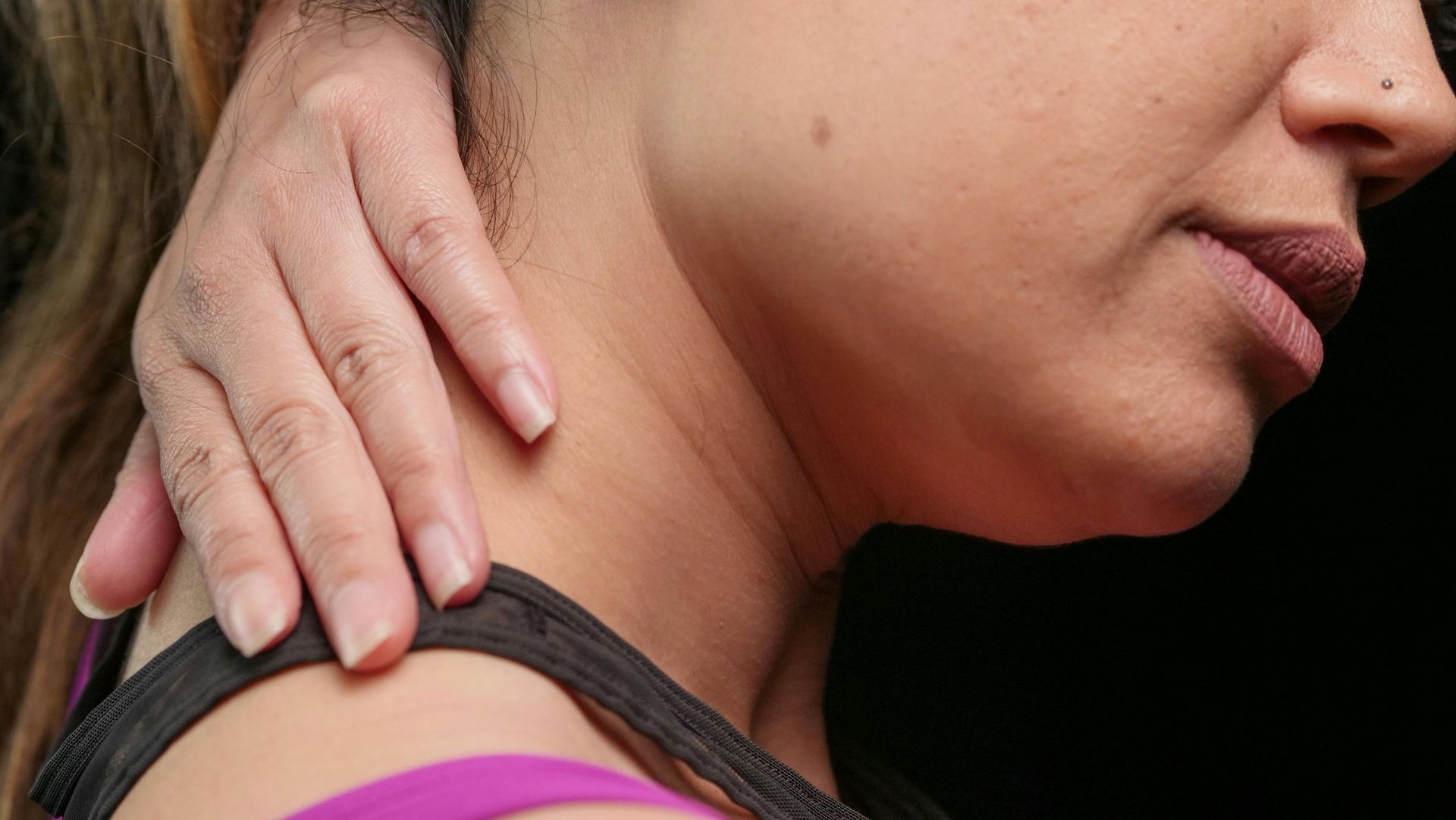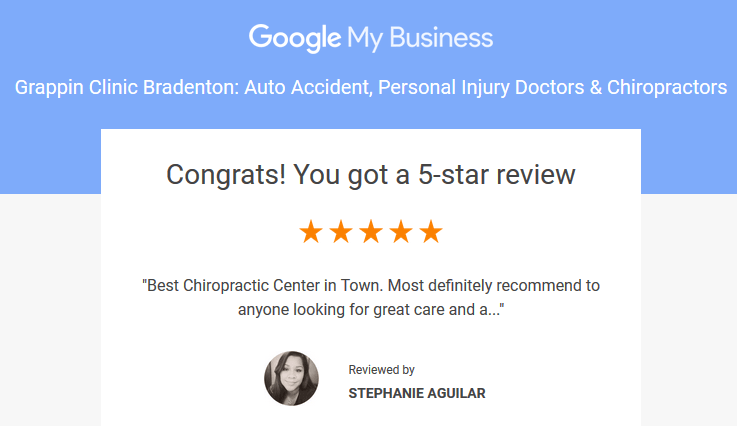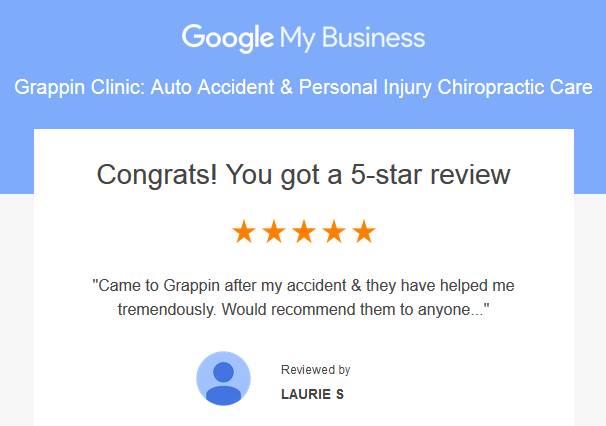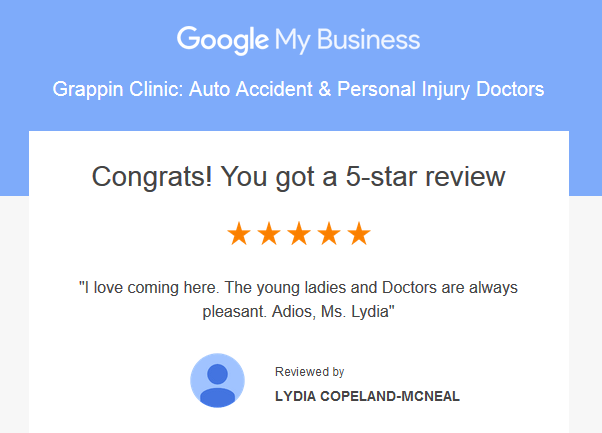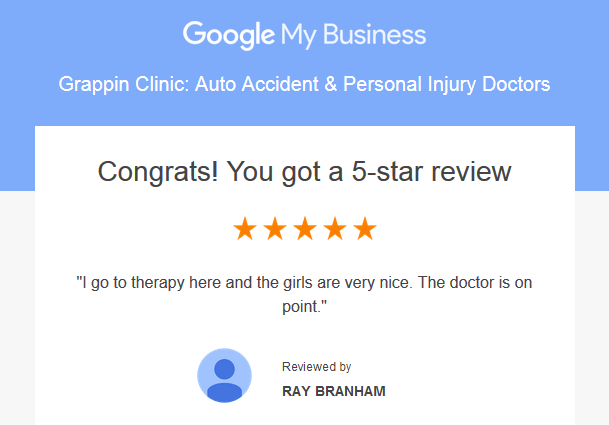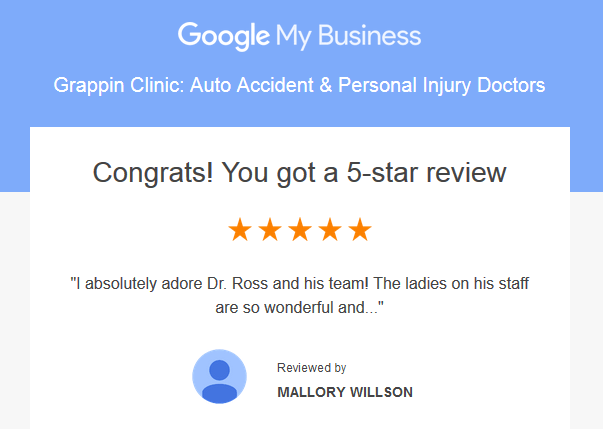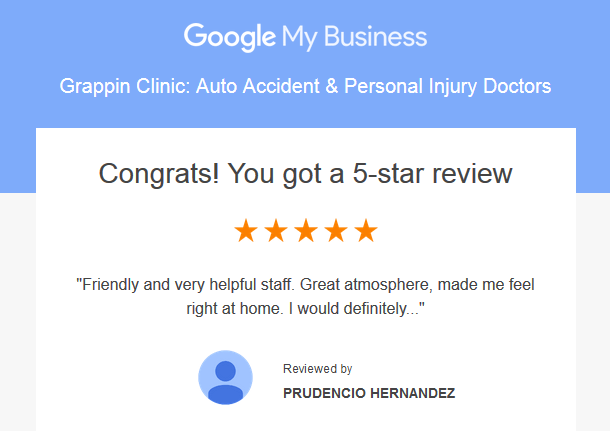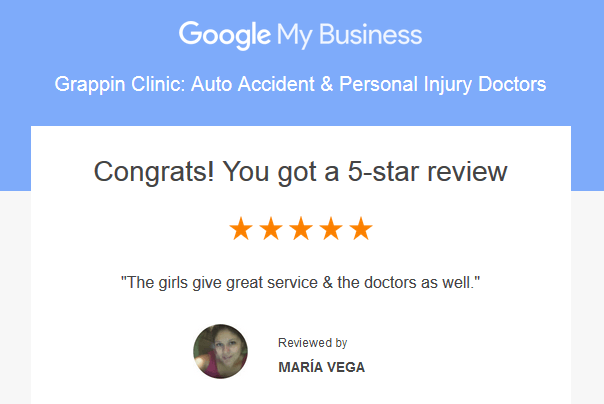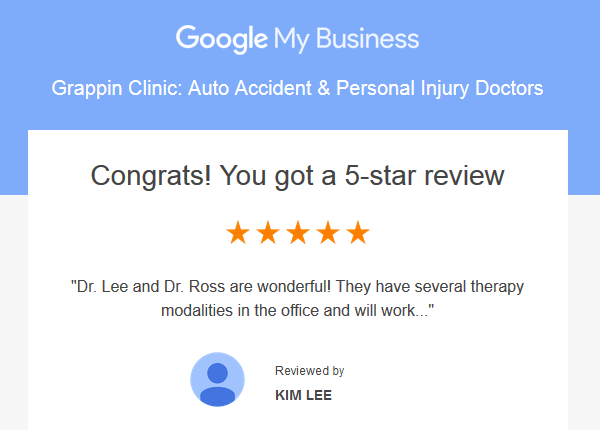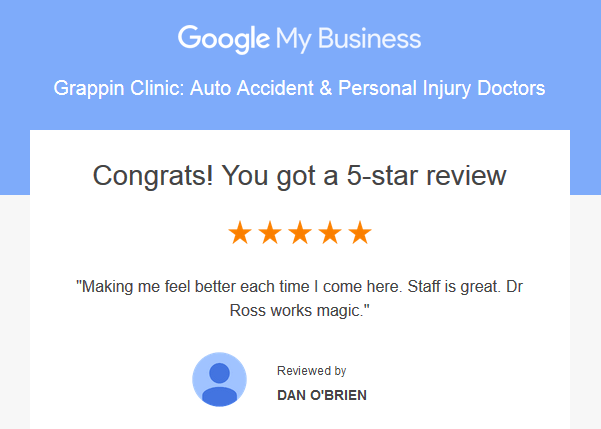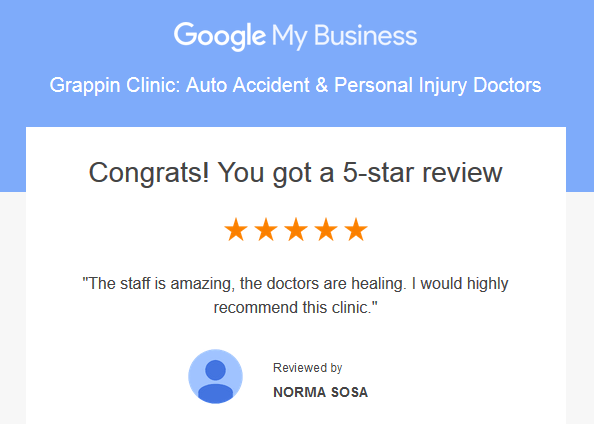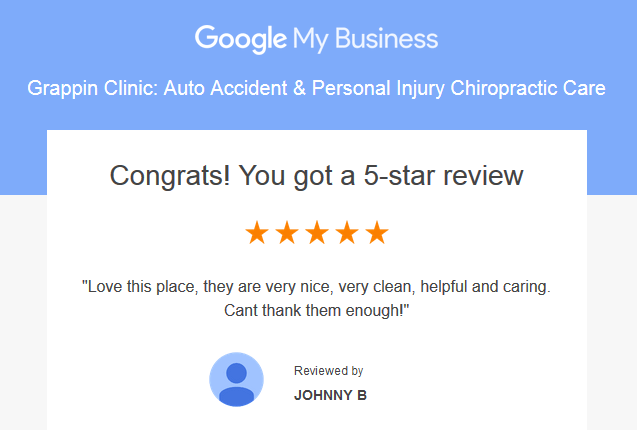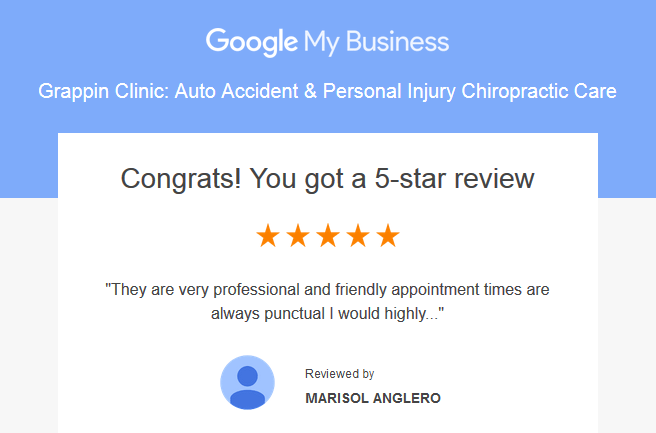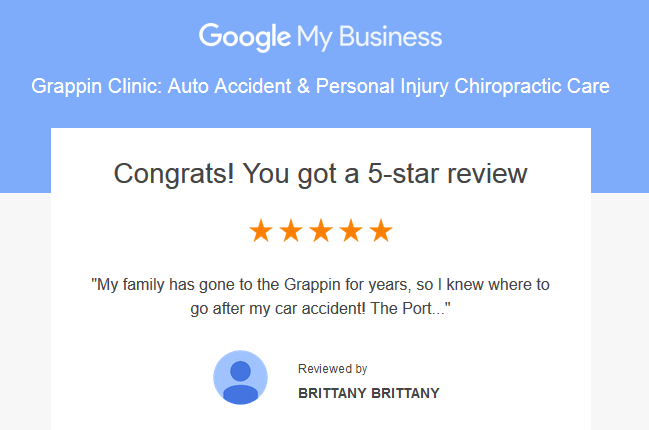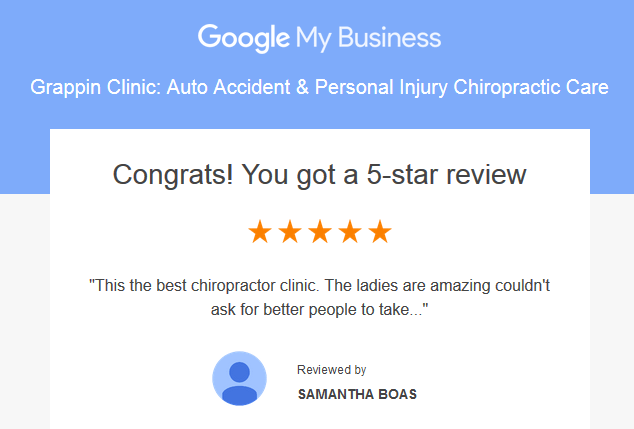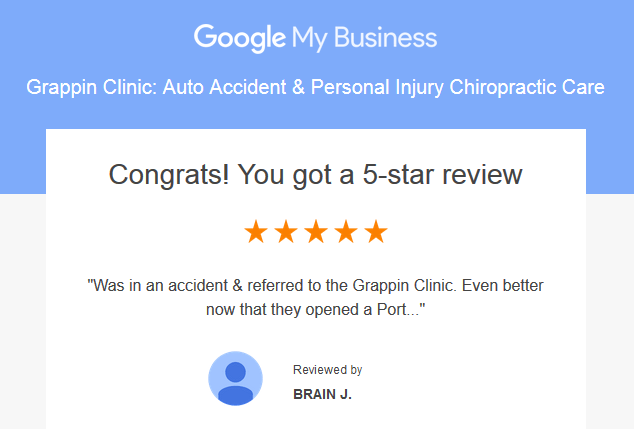Proactive Blood Pressure Management
BP (Be Proactive) Well-Being Figures in Blood Pressure Health In working with clients and providing advice and counsel encouraging them to focus on a well-being lifestyle, I often hear questions that start with. “I heard in the news… ” This month one of the topics making news was high blood pressure or hypertension. High blood […]
<h3> <span style="color: #3366ff;"> <a href="https://irp-cdn.multiscreensite.com/a2dcf249/healthy-food-lifestyle.jpg"> <img class="alignleft size-medium wp-image-853" src="https://irp-cdn.multiscreensite.com/a2dcf249/healthy-food-lifestyle-300x200.jpg" alt="healthy-food-lifestyle" width="300" height="200" srcset="https://irp-cdn.multiscreensite.com/a2dcf249/healthy-food-lifestyle.jpg 882w" sizes="(max-width: 300px) 100vw, 300px"/> </a> BP (Be Proactive) Well-Being Figures in Blood Pressure Health </span> </h3>
In working with clients and providing advice and counsel encouraging them to focus on a well-being lifestyle, I often hear questions that start with. “I heard in the news… ”
This month one of the topics making news was high blood pressure or hypertension. High blood pressure is a leading risk factor for heart disease, stroke, kidney failure, and other health problems. About 30 percent of people in the United States have high blood pressure.
The National Institutes of Health (NIH) recently shared a study that focused on intense management of blood pressure below the traditionally targeted systolic pressure of 140. Systolic measures pressure in the arteries when the heart muscle contracts. An example is 120/90. In the past, health care providers have advised monitoring pressure more closely if the systolic pressure is 140 or above. The study began six years ago with 2,900 participants age 50 and older. As the study progressed, the data showed that by targeting a lower systolic pressure of 120, the lowered goal resulted in fewer cardiac events such as heart attack, stroke, and heart failure.
Daily Diet -Include more fruits, vegetables and legumes. Include five produce items a day. This does not mean baked potatoes loaded with bacon, cheese and sour cream. Potatoes can count however the naked variety is best– those with minimum or sans toppings. Eat more green leafy vegetables and legumes such as red or black beans, black-eyed peas, and lentils. Cut back on sodium and salt. The American Heart Association (AHA) recommends a sodium intake of 1500 mg per day or about 3/4 teaspoon. The culprit is not really the salt shaker, but processed foods—make it a habit to read the food labels for amount of sodium per serving. The convenience food you choose may be loaded with sodium to put you way over the AHA recommended amount.
Meditate -Meditation practices that improve focus and reduce anxiety have shown positive effects on blood pressure. Practicing meditation daily may change the brain’s responses to make you more resistant to stress and promote brain health. Meditating is not difficult– sit up straight with both feet on the floor. Close your eyes. Focus your attention on reciting (out loud or silently) a positive phrase or mantra such as “I am feeling calm” or “I love myself.” Place one hand on your stomach to link the mantra with your breaths. Allow any distracting thoughts to float away like bubbles. A few minutes of practice per day can help ease anxiety and stress. Ten minutes of daily meditation is a good start. As with exercise, if smaller increments work better start smaller to make meditation a habit.
These are steps you can take that do not include medication. I am not advocating giving up medication. My goal is to share interventions that can be proactive, helping you avoid being required to take doctor prescribed medicine for high blood pressure.
.
.
.
Michelle J. Stewart MPH, RDLD/N, CDE is an experienced food and nutrition communication expert specializing in wellness with a holistic approach to living your best life. Michelle has been leading the way to a healthier you for more than 25 years. She is zealous when it comes to wellness from the inside out and empowering whomever she comes in contact with to take charge of their health and wellbeing. Her motto is “EAT LESS MOVE MORE” Sign up for her Free Report 10 Weight Loss Tips for Life when you visit http://thenutritionplanner.com
Article Source: http://EzineArticles.com/expert/Michelle_J_Stewart/1345146






